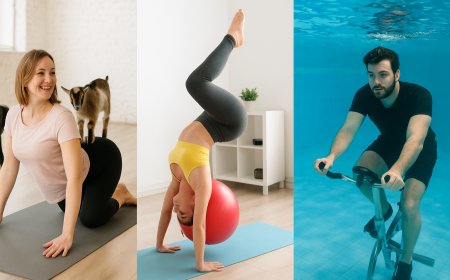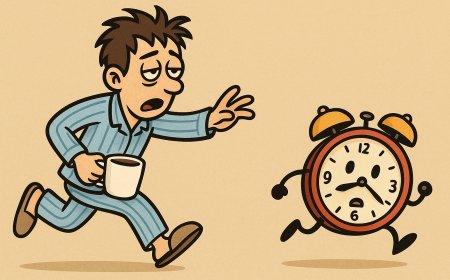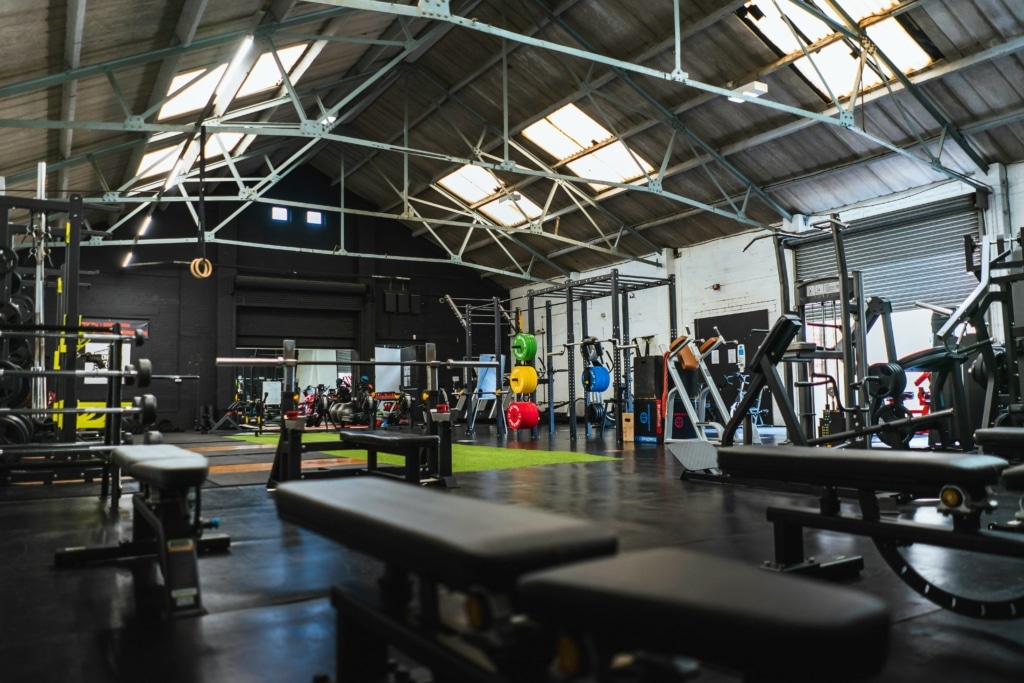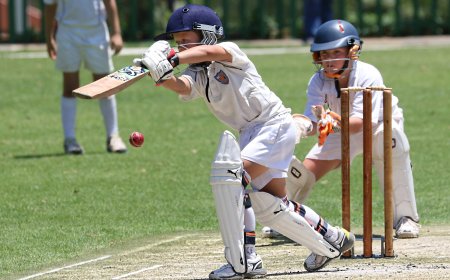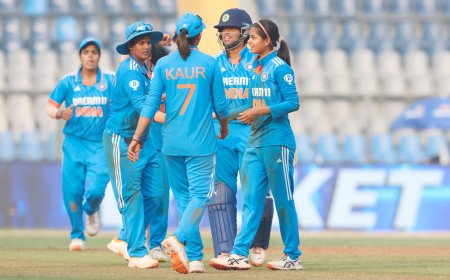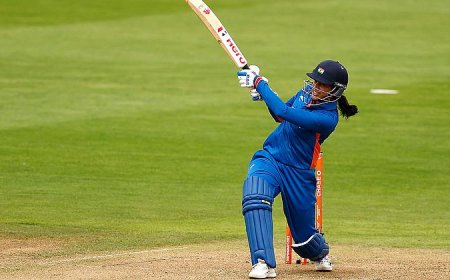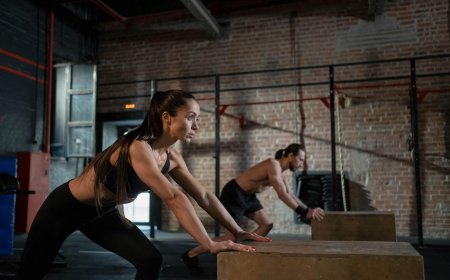Sports Injuries and Joint Pain: Cutting-Edge Recovery Techniques
Cutting-edge recovery techniques in physiotherapy are revolutionizing the way athletes recover from sports injuries. Advanced manual therapies, such as myofascial release and trigger point therapy, optimize healing and rehabilitation. Instrument-assisted soft tissue mobilization (IASTM) effectively treats soft tissue dysfunction, while biomechanical analysis and movement assessment help identify imbalances and injury risks. At the same The post Sports Injuries and Joint Pain: Cutting-Edge Recove...
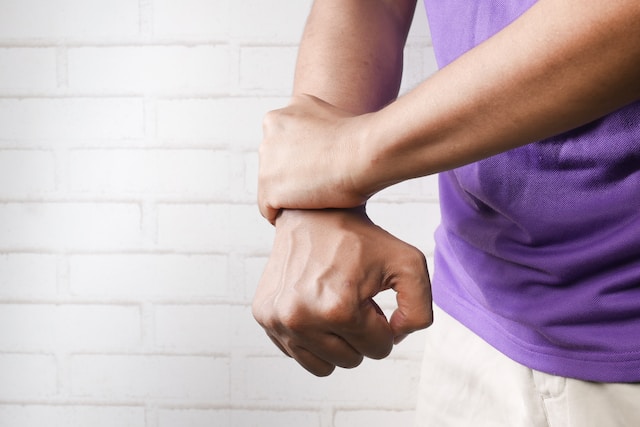
Cutting-edge recovery techniques in physiotherapy are revolutionizing the way athletes recover from sports injuries. Advanced manual therapies, such as myofascial release and trigger point therapy, optimize healing and rehabilitation.
Instrument-assisted soft tissue mobilization (IASTM) effectively treats soft tissue dysfunction, while biomechanical analysis and movement assessment help identify imbalances and injury risks. At the same time, motion capture systems and 3D gait analysis provide valuable insights into biomechanics. Therapeutic modalities like ultrasound and virtual reality enhance tissue healing and neuromuscular control. An integrative approach to athletic care is essential. It includes nutritional counseling, mental health support, and injury prevention strategies. Let’s take a closer look at recovery techniques that help modern athletes reach new levels of excellence in their sport.
What Is Recovery?
Recovery refers to the process of healing and rehabilitation after a sports injury. It involves various techniques and strategies, from treatments for orthopaedic conditions to different ways of providing relief to the affected area. This process aims to optimize tissue healing, reduce pain and inflammation, restore function and mobility, and prevent future injuries. The main goal of recovery is to allow athletes to return to their sport or activity safely while minimizing the risk of re-injury.
Prevention Strategies
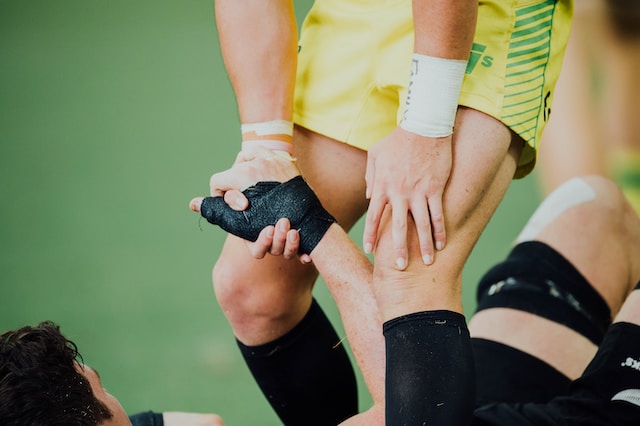
To avoid setbacks and stay in top form, athletes can incorporate specialized warm-up routines and targeted stretching exercises into their training regimen. These prevention strategies are crucial in minimizing the risk of sports injuries and joint pain.
Warm-up routines should include dynamic movements that increase blood flow to the muscles, such as jogging or jumping jacks. It helps to prepare the body for more intense activity by increasing muscle temperature and reducing stiffness.
Targeted stretching exercises focus on specific muscle groups that are commonly involved in sports-related injuries. Stretching should be done after a warm-up or at the end of a workout when muscles are warm and more pliable. Athletes should hold each stretch for 15-30 seconds without bouncing.
In addition to warm-ups and stretching, athletes should also prioritize strength training and flexibility exercises as part of their fitness plan.
- Building strong muscles helps support joints and prevent excessive stress on them during physical activity.
- Flexibility exercises improve the range of motion, which is vital for proper biomechanics and injury prevention.
Proper nutrition is another key component of injury prevention. Athletes should consume a balanced diet rich in protein, vitamins (especially vitamin C), omega-3 fats, and calcium with vitamin D to support healing processes. Lastly, it’s important for athletes to listen to their bodies and not push through pain or fatigue. Resting when needed allows the body time to recover from intense workouts or competitions, reducing the risk of overuse injuries.
R.I.C.E. Method
The R.I.C.E. method can swiftly alleviate discomfort and expedite healing for athletes with acute tissue damage. The acronym stands for Rest, Ice, Compression, and Elevation, and it’s a tried-and-true approach to treating sports injuries.
Let’s delve into each component of this method.
Rest is crucial for allowing the injured tissues to heal correctly. It involves avoiding weight-bearing activities for the first two days after the injury. This rest period gives your body time to begin repairing damaged tissues.
The next step in the R.I.C.E. method is applying ice to reduce pain and swelling. Ice should be applied for 15-20 minutes every 2-3 hours during the initial stages of the injury. Cold therapy constricts blood vessels, reducing inflammation and numbing pain.
Compression comes next. Applying an elastic bandage around the injured area can help prevent further swelling by compressing the tissues gently but not too tightly. This compression also provides stability and support to the injured joint or muscle. Finally, elevation plays a significant role in managing sports injuries. Elevating the injured body part above heart level helps reduce pain and swelling by encouraging fluid drainage away from the affected area.
It’s worth noting that this method is most effective during the initial stages of the injury. If necessary, seek further medical attention. Additionally, always consult with a qualified healthcare professional or physiotherapist for a proper diagnosis and treatment recommendations specific to your condition.
Cutting-Edge Physiotherapy Techniques
Cutting-edge physiotherapy techniques play a vital role in sports injury recovery.
- Advanced manual therapies such as myofascial release and trigger point therapy are used to optimize healing and rehabilitation by releasing tight muscles, improving circulation, and reducing pain.
- Instrument-assisted soft tissue mobilization (IASTM) is another technique that treats soft tissue dysfunction. It uses specialized tools to break up scar tissue adhesions and improve blood flow.
- Biomechanical analysis and movement assessment are essential in identifying imbalances and injury risks.
- Motion capture systems combined with 3D gait analysis provide valuable insights into an athlete’s biomechanics, allowing for targeted interventions.
- Therapeutic modalities like ultrasound can enhance tissue healing, while virtual reality can improve neuromuscular control through immersive training programs.
Additional Recovery Techniques
Incorporating additional recovery techniques is an excellent way to enhance your athletic healing process and reach new levels of performance. Besides the R.I.C.E method, there are cutting-edge techniques that can further optimize your recovery from sports injuries and joint pain. These techniques are evidence-based and have been shown to be effective in promoting tissue healing and reducing pain.
Here are four additional recovery techniques to consider:
- Cold Water Immersion (CWI): This technique involves immersing your body or specific body parts in cold water after intense exercise or injury. CWI has been found to reduce muscle soreness, inflammation, and oxidative stress, leading to faster recovery
- Blood Flow Restriction Training (BFRT): BFRT involves using a specialized cuff or band to partially restrict blood flow while performing low-intensity exercises. This technique has been shown to enhance muscle strength and hypertrophy even with reduced training loads, making it beneficial during injury rehabilitation.
- Photobiomodulation Therapy (PBMT): Also known as low-level laser therapy or cold laser therapy, PBMT uses light energy to stimulate cellular activity and accelerate tissue repair. It has been shown to reduce pain, inflammation, and edema while promoting collagen synthesis.
- Whole Body Cryotherapy (WBC): WBC involves exposure to extremely cold temperatures for a short duration of time in a cryo-chamber. This technique has gained popularity among athletes due to its potential benefits in reducing pain, inflammation, and muscle soreness and enhancing recovery.
Incorporating these additional recovery techniques alongside the R.I.C.E method can expedite your healing process, alleviate pain, decrease inflammation, and improve overall athletic performance.However, it’s essential to consult with a qualified physiotherapist or healthcare professional who can guide you on the appropriate implementation of these techniques based on your specific needs and injury condition.
Final Thoughts
Recovery from sports injuries involves a multifaceted approach that combines advanced physiotherapy techniques with other forms of rehabilitation. Biomechanical analysis, motion capture systems, and 3D gait analysis identify imbalances and injury risks, while therapeutic modalities such as ultrasound and virtual reality enhance tissue healing and neuromuscular control.
Personalized exercise prescription, neuromuscular retraining, and an integrative approach to care further optimize athletic performance. Nevertheless, it’s essential to consult a qualified physiotherapist who can develop a personalized treatment plan based on individual needs and goals. Remember, results may vary depending on the nature and severity of the injury, but with proper care and dedication, you can get back in the game stronger than ever before.
The post Sports Injuries and Joint Pain: Cutting-Edge Recovery Techniques appeared first on GymGuider.com.
What's Your Reaction?


































